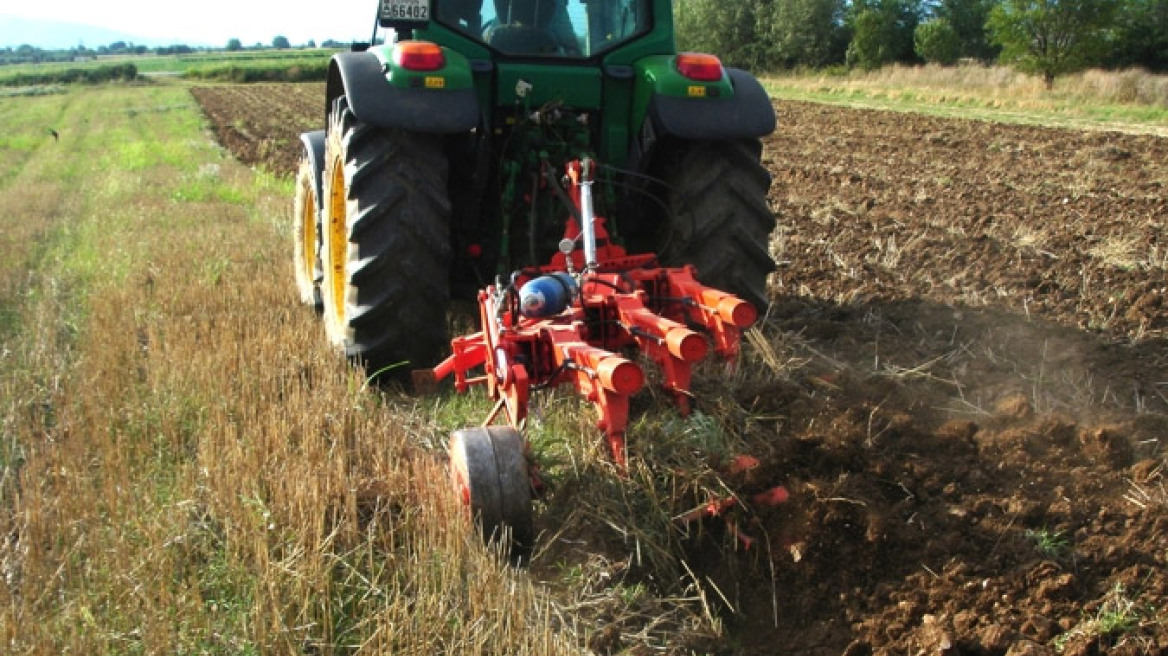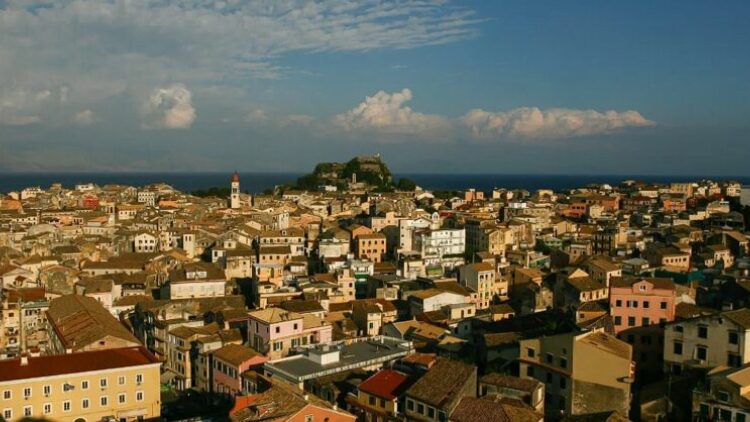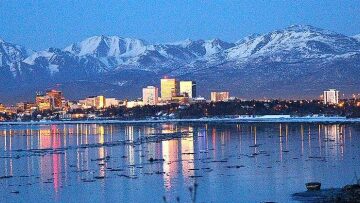
People leaving Athens to become farmers
People leaving Athens to become farmers
Due to the dissolution of construction, people between the ages of 15-44 in the southern Aegean and Crete are turning to agriculture, which is the only promising area since it had a growth rate of 6,38% with 32.946 new jobs in ’08-’10.

UPD:
Due to the dissolution of construction, people between the ages of 15-44
in the southern Aegean and Crete are turning to agriculture, which is
the only promising area since it had a growth rate of 6,38% with 32.946
new jobs in ’08-’10.
Due to the economic crisis, many young people who worked in Athens are going back to the provinces to engage primarily in agriculture and standardization of agricultural products.
This return to the primary sector is impressive, considering that for 25 years of community programs at favorable conditions for young farmers, only 30.000 young farmers remained in the profession.
As the figures presented by the general director of PASEGES John Tsiforos show, despite the memorandum policy, farmers received a smaller reduction in their income than other segments of Greek society.
The agricultural memorandum
In 2008, farmers experienced their memorandum due to the soaring prices of fertilizers. In 2009 there was a slight recovery, and this year was a year of despair for stock farmers because of the dramatic rise in feed prices.
Due to the economic crisis, many young people who worked in Athens are going back to the provinces to engage primarily in agriculture and standardization of agricultural products.
This return to the primary sector is impressive, considering that for 25 years of community programs at favorable conditions for young farmers, only 30.000 young farmers remained in the profession.
As the figures presented by the general director of PASEGES John Tsiforos show, despite the memorandum policy, farmers received a smaller reduction in their income than other segments of Greek society.
The agricultural memorandum
In 2008, farmers experienced their memorandum due to the soaring prices of fertilizers. In 2009 there was a slight recovery, and this year was a year of despair for stock farmers because of the dramatic rise in feed prices.
Research conclusions derived by processing data from the rural development ministry, ELSTAT, KEPE, cooperatives and the EU:
Farm income: the reduction of the income of Greeks in the first half of ’11 is estimated at over 14%, when farmers record a decline of 7,8%. 38% of rural income comes from grants and 62% from the sale of agricultural products.
Cost of production: increased by 9,8% this year, but farmers took 2% due to the increase in prices. Farmers had to bear the lowest levels of financial pressure compared to other industries. But rural income is 58% of the average income of Greek wage earners.
Exports: in the first half of ’11, Greek agricultural exports increased by 25% and still show upward trends. In the EU of the "27" and in the field of fresh fruits and vegetables, our country has been placed at the top of the exports list. The deficit in the agricultural trade balance in the first half of ’11 was reduced from 979 million euros to 963.
Young farmers: there is increased employment in agriculture between the ages of 15-44 in the southern Aegean by 52,5% and in Crete by 31,9%. There is also increased employment in agriculture in all regions except Peloponnisos and the Ionian Islands.
Crop production: the production of cotton, processed tomatoes, sugar beets, wine and some citrus trees, especially lemon, dropped significantly due to frosts.
10% decrease in the production of milk
Livestock production: farmers fled from the profession of cattle farmer en masse (-18%), due to higher cattle feed costs and low milk prices. Milk production decreased by 10%. The problem in cattle is enormous, since we import at around 80%, that is 2 billion euros, which accounts for 30% of the total value of imported agricultural products.
Fishing: there has been a decline in marine fishing (’06 -’08), while aquaculture has shown an increase of 7,9% since ’09, after the stagnation in production between ’06-‘08.
Cooperative organizations: the 58 largest cooperatives had a lower turnover, while 42 presented greater ones. In ’09 cooperative organizations had a turnover of 1,48 billion euros, while in ’10 it fell to 1,41 billion euros.
Farm income: the reduction of the income of Greeks in the first half of ’11 is estimated at over 14%, when farmers record a decline of 7,8%. 38% of rural income comes from grants and 62% from the sale of agricultural products.
Cost of production: increased by 9,8% this year, but farmers took 2% due to the increase in prices. Farmers had to bear the lowest levels of financial pressure compared to other industries. But rural income is 58% of the average income of Greek wage earners.
Exports: in the first half of ’11, Greek agricultural exports increased by 25% and still show upward trends. In the EU of the "27" and in the field of fresh fruits and vegetables, our country has been placed at the top of the exports list. The deficit in the agricultural trade balance in the first half of ’11 was reduced from 979 million euros to 963.
Young farmers: there is increased employment in agriculture between the ages of 15-44 in the southern Aegean by 52,5% and in Crete by 31,9%. There is also increased employment in agriculture in all regions except Peloponnisos and the Ionian Islands.
Crop production: the production of cotton, processed tomatoes, sugar beets, wine and some citrus trees, especially lemon, dropped significantly due to frosts.
10% decrease in the production of milk
Livestock production: farmers fled from the profession of cattle farmer en masse (-18%), due to higher cattle feed costs and low milk prices. Milk production decreased by 10%. The problem in cattle is enormous, since we import at around 80%, that is 2 billion euros, which accounts for 30% of the total value of imported agricultural products.
Fishing: there has been a decline in marine fishing (’06 -’08), while aquaculture has shown an increase of 7,9% since ’09, after the stagnation in production between ’06-‘08.
Cooperative organizations: the 58 largest cooperatives had a lower turnover, while 42 presented greater ones. In ’09 cooperative organizations had a turnover of 1,48 billion euros, while in ’10 it fell to 1,41 billion euros.
UPD:
Ακολουθήστε το protothema.gr στο Google News και μάθετε πρώτοι όλες τις ειδήσεις
Δείτε όλες τις τελευταίες Ειδήσεις από την Ελλάδα και τον Κόσμο, τη στιγμή που συμβαίνουν, στο Protothema.gr
Δείτε όλες τις τελευταίες Ειδήσεις από την Ελλάδα και τον Κόσμο, τη στιγμή που συμβαίνουν, στο Protothema.gr
ΡΟΗ ΕΙΔΗΣΕΩΝ
Ειδήσεις
Δημοφιλή
Σχολιασμένα






































